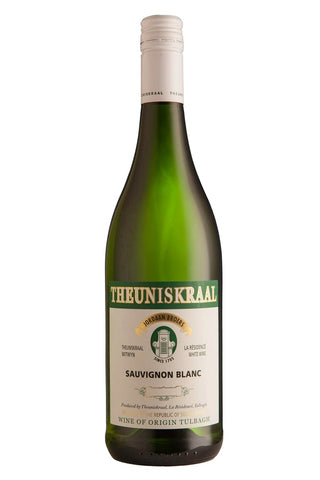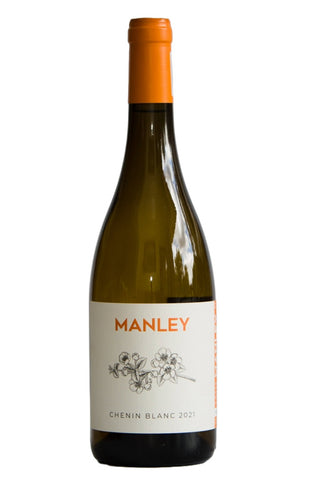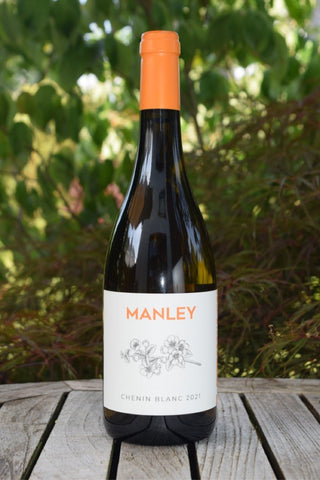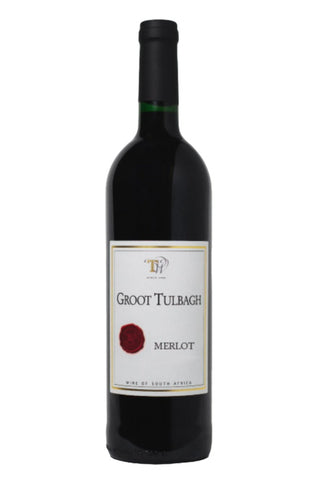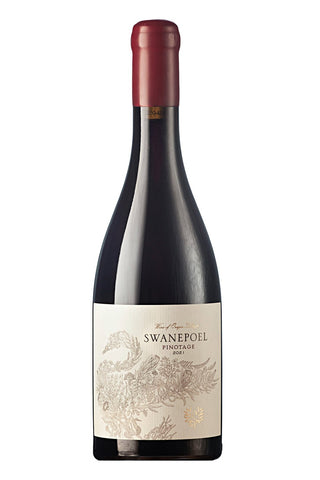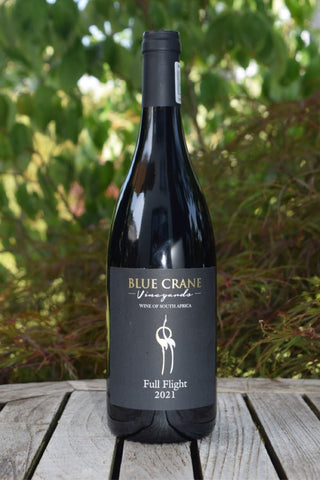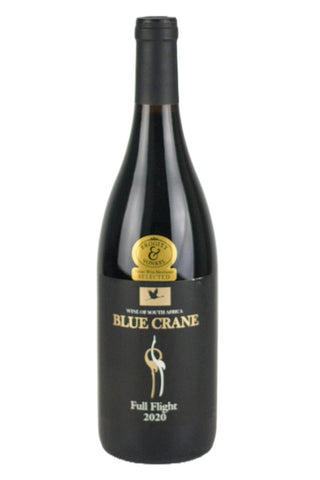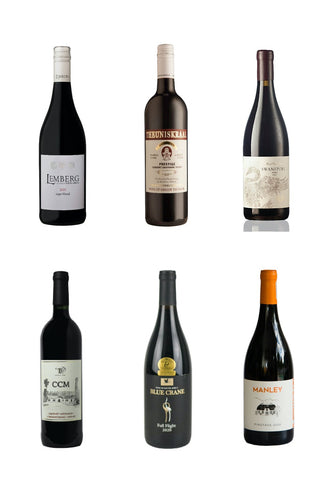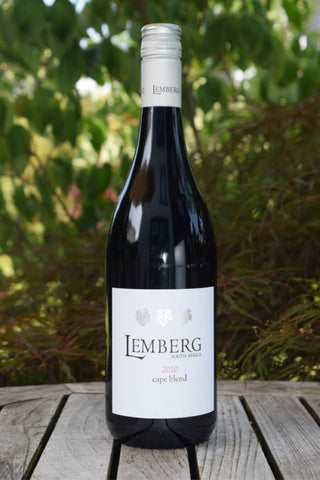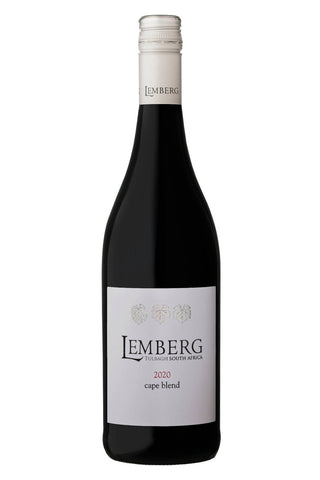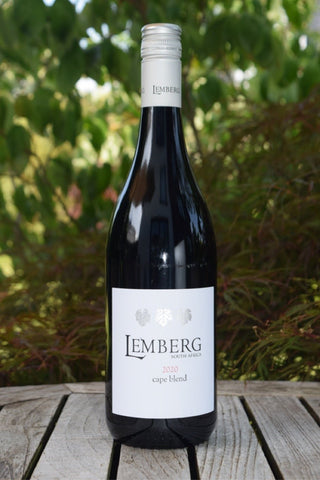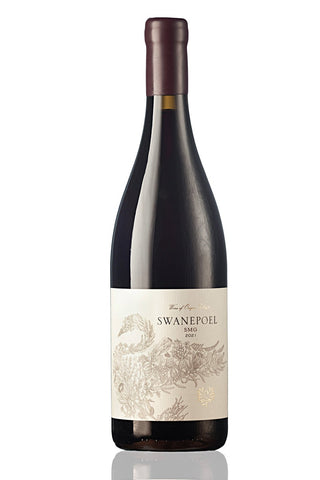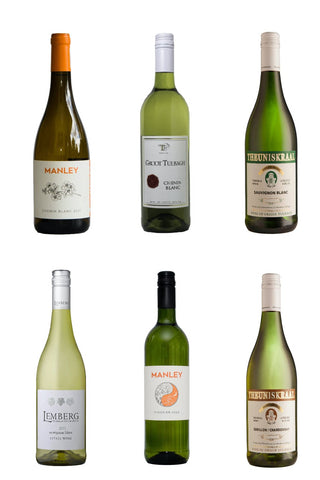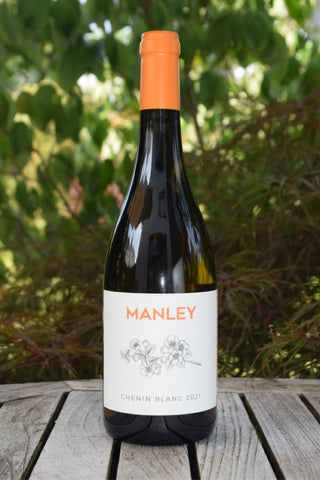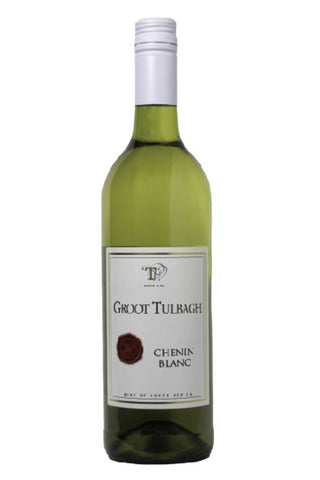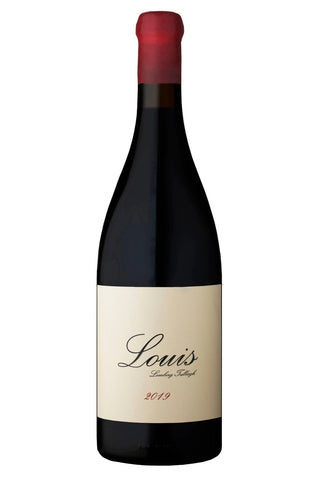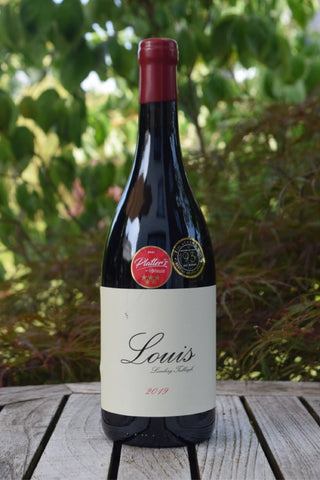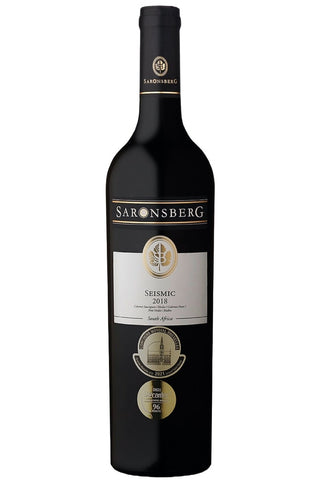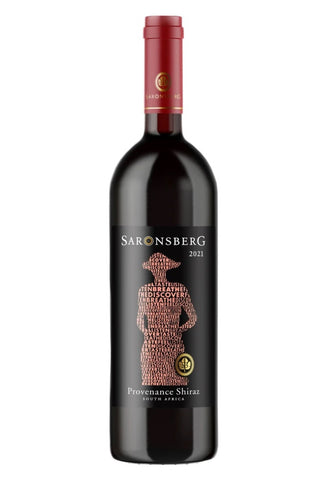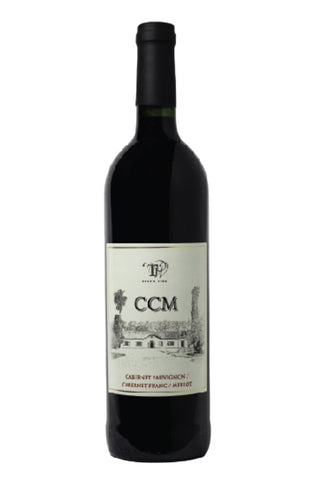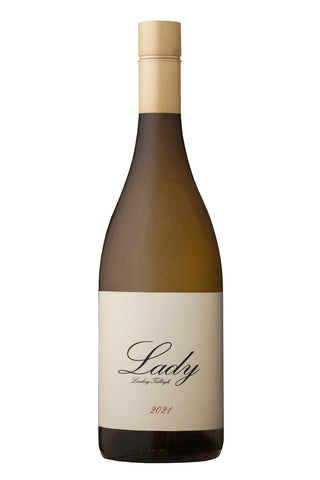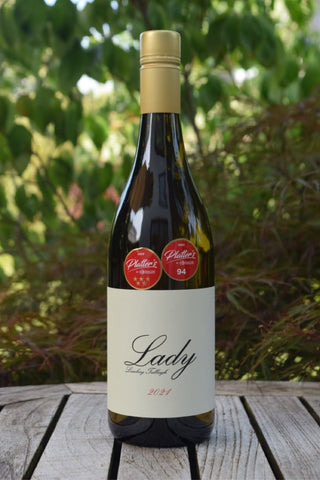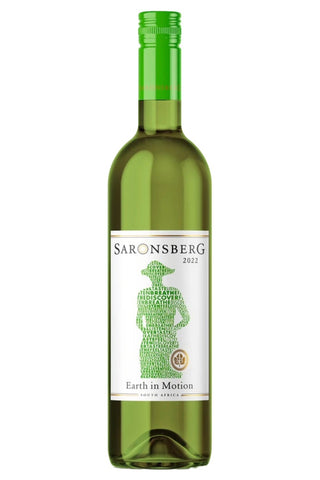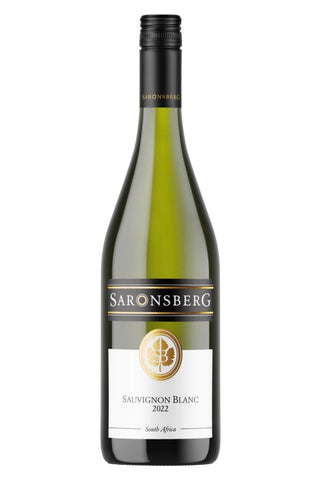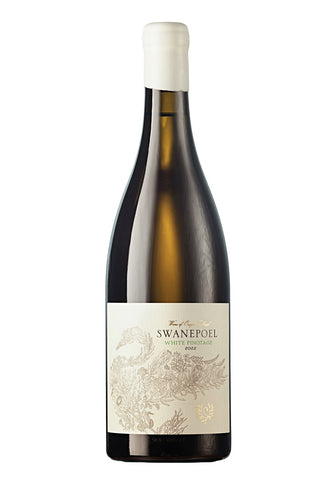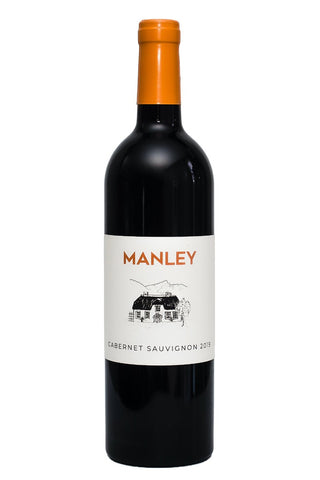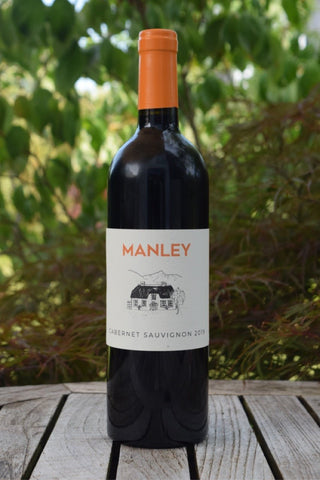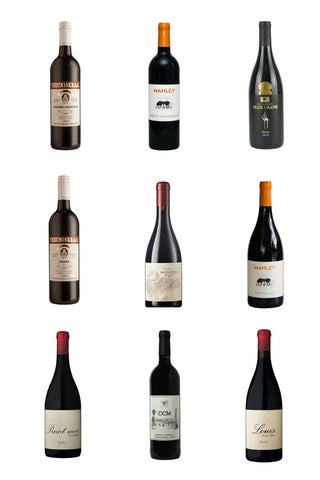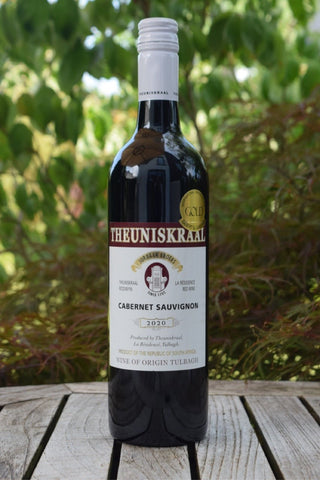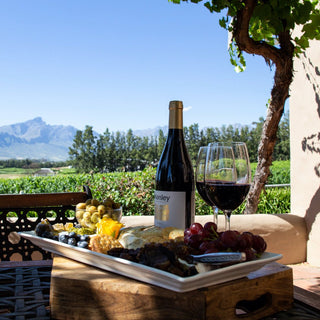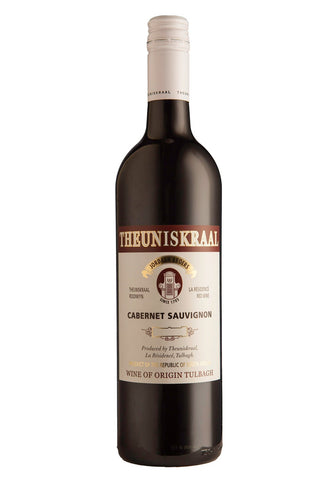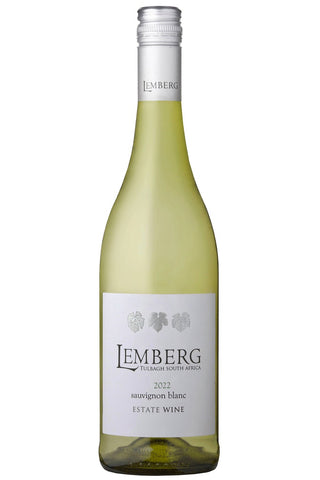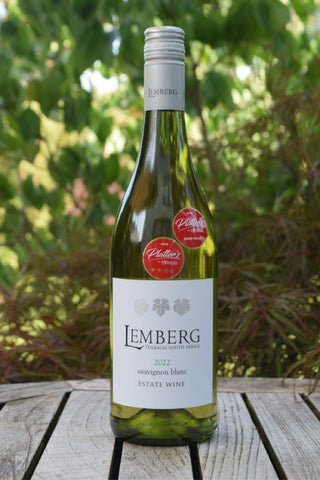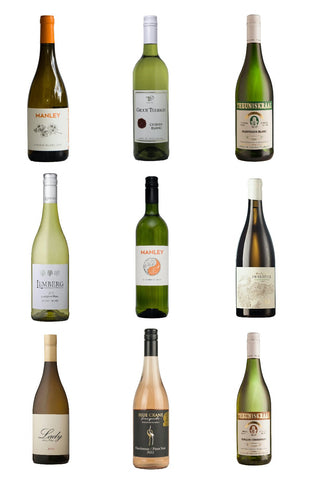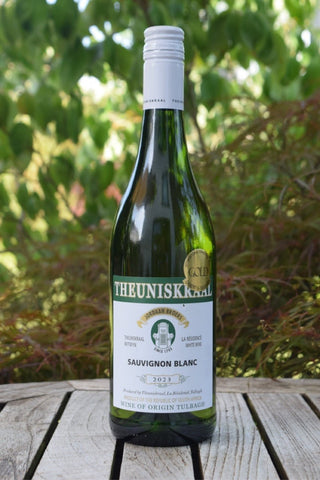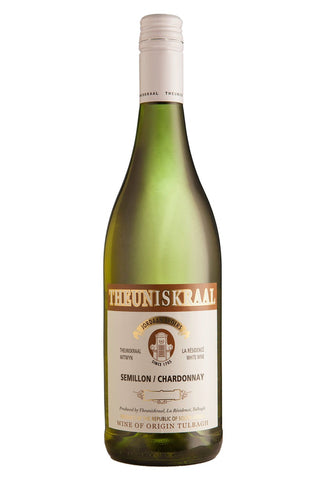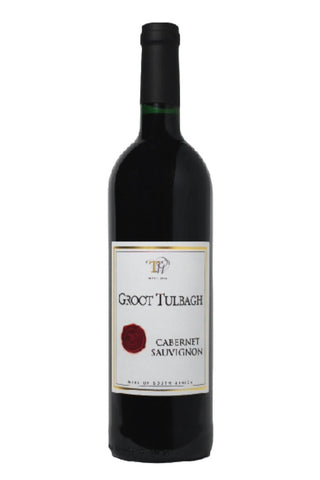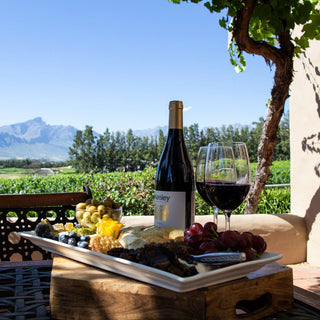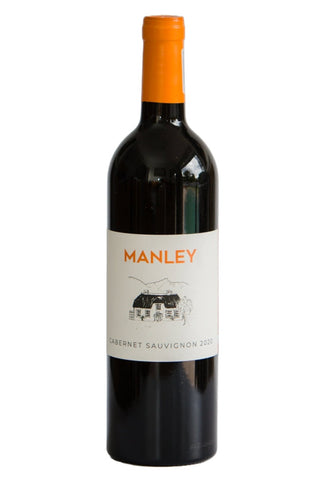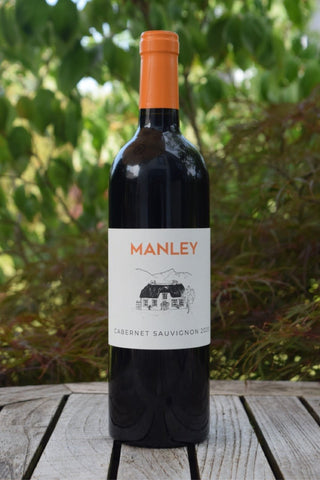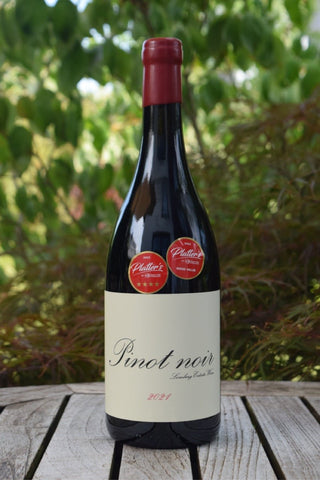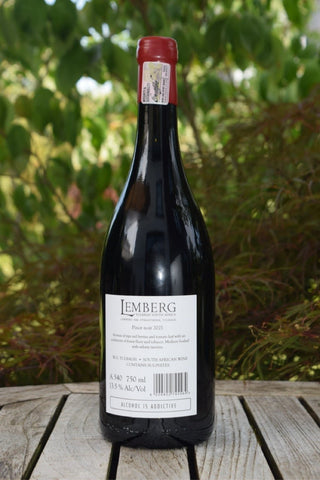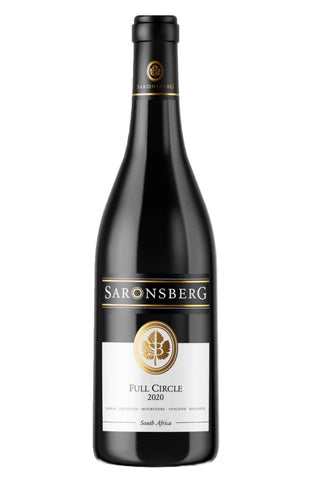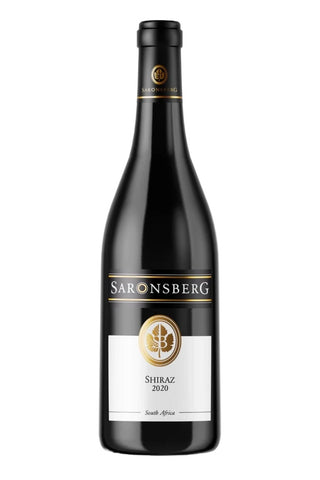The Tulbagh wine region in South Africa
Origin and history
Tulbagh , a picturesque town in South Africa's Western Cape province , has a rich history closely linked to wine growing. The history of wine growing in Tulbagh dates back to the early years of European colonization of South Africa in the 17th century. The Dutch were the first settlers to use the fertile valleys around Tulbagh for viticulture. Under the leadership of Simon van der Stel, governor of the Cape Colony, the first vineyards were planted and wine cellars were built to meet the colonists' growing need for wine. Over the centuries, wine growing flourished in Tulbagh, and the town became a major center of the wine trade in South Africa. The region's fertile soils and favorable climate favored the cultivation of a wide variety of grape varieties, from elegant white wines to robust red wines .
However, Tulbagh's history was overshadowed by a tragic event: the Great Earthquake of 1969. On September 29, 1969, a major earthquake with a magnitude of 6.3 struck the Tulbagh region, causing devastating damage. Numerous historic buildings, including many Cape Dutch houses and churches, were destroyed or severely damaged. Despite this destruction, Tulbagh quickly recovered and continued growing wine, with many historic buildings lovingly restored and today serving as witnesses to the region's colorful history.
Tulbagh's winemaking heritage lives on today, and the town is proud to share its rich history and traditions with visitors from around the world. Tulbagh's vineyards continue to produce premium wines of the highest quality, reflecting the region's unique character and terroir. Some of the cultural treasures visitors can discover include:
Historic Church Street : This charming cobblestone street is lined with restored 18th and 19th century Cape Dutch buildings, including the Oude Kerk Folk Museum and the De Oude Drostdy Museum.
Drostdy Court : Another highlight is the Drostdy Court, an impressive 18th-century building that once served as the region's administrative headquarters and now houses a museum that offers insight into the life of the Dutch settlers.
Tulbagh Art Galleries : The city is also home to a number of art galleries that showcase the work of local artists and craftsmen and invite you to browse and discover.
Cultivation, terroir and climate of the wine region
Tulbagh is characterized by a diverse terroir and a mild, Mediterranean climate , which create ideal conditions for viticulture.
Terroir: Tulbagh vineyards benefit from a variety of soil types including sandy soils, slate, clay and limestone . This diversity of soils gives the wines a wide range of aromas and flavors, depending on the type of grapes grown and the winemaking techniques used.
Climate: The climate in Tulbagh is Mediterranean, with warm, dry summers and mild, wet winters . Summers are long and sunny, resulting in even ripening of the grapes, while the cooler nights maintain good acid structure in the wines. The vineyards' altitude provides cooler temperatures and a longer ripening period, resulting in complex and balanced wines.
The combination of this diverse terroir and the mild climate creates the perfect conditions for growing a variety of grape varieties , from elegant white wines such as Chardonnay and Sauvignon Blanc to bold red wines such as Shiraz and Cabernet Sauvignon .
Wineries and the Tulbagh Wine Route
Tulbagh offers an impressive selection of wineries that enchant visitors with their exquisite wines and picturesque landscapes.
Tulbagh is currently home to the following 13 wineries : Blue Crane Estate, Lemberg, Manley, Montpellier, Oude Compagnies Post, Rijks, Saronsberg, Schalkenbosch, Theuniskraal, Tulbagh Mountain Vineyards, Tulbagh Winery, Twe Jonge Gezellen and Waverley Hills.
The Tulbagh Wine Route (TWR) is an association of most of Tulbagh's winemakers with the aim of making the town and the wineries better known and more attractive to visitors. The following 9 wineries are organized in TWR: Blue Crane Estate, Lemberg, Manley, Oude Compagnies Post, Rijks, Saronsberg, Theuniskraal, Tulbagh Winery, Twe Jonge Gezellen. The two wineries Montpellier and Tulbagh Mountain Vineyards are currently not part of the TWR. The two wineries Schalkenbosch and Waverley Hills produce
currently no wine and are for sale.
Individual wineries in Tulbagh stand out for:
- With the Krone brand, Twe Jonge Gezellen is the largest Method Cap Classique (MCC) manufacturer in South Africa and the market leader in this segment. MCC is also known as “South African Champagne” because it is made the same way.
- Saronsberg was influenced by Dewaldt Heyns the “Winemaker” for more than two decades and has received numerous awards for its wines and Dewaldt has made it into the circle of the top 500 winemakers worldwide.
- Tulbagh Winery is the first and largest cooperative winery in South Africa.
- Theuniskraal is famous in South Africa for its Cape Riesling made from the Crouchen Blanc grape variety.
- Waverley Hills was one of the first wineries in South Africa to produce organic wines .
The wineries in Tulbagh are carrying out e.g. There is currently a generational change among the winemakers and the new young wild ones with Dirk Swanepoel, Daniela Jansen, Joshua Van Blommestein and Zia Fox , who attach great importance to quality and sustainability, are striving for the top.
Events and activities in Tulbagh
Tulbagh has much more to offer than wine and historic buildings. Major events in Tulbagh include:
- Tulbagh Arts Festival : An annual festival that presents art exhibitions, concerts, theater performances and workshops in various genres of art. Visitors have the opportunity to meet local artists and admire their works.
- Tulbagh Christmas in Winter Festival : Held every June, this festival transforms Tulbagh into a winter wonderland with Christmas lights, markets, music, entertainment and culinary delights. Visitors can take part in Christmas activities and enjoy the festive atmosphere.
- Tulbagh Horse and Wildflower Show : An annual event celebrating the beauty of wildflowers and the elegance of horses. The show features horse racing, dressage demonstrations, flower displays and entertainment for the whole family.
- Tulbagh Vintage and Vine Faire : An event celebrating Tulbagh's rich wine and cultural heritage. Visitors can sample local wines, participate in wine tastings and vineyard tours, purchase local crafts and antiques, and enjoy traditional dishes.
- Tulbagh Spring Arts Festival : Another cultural festival that takes place in September and features art exhibitions, live music, theater performances, workshops and more. Visitors can experience the creative diversity of the region and support local artists.
These events offer locals and visitors the opportunity to experience and enjoy Tulbagh's unique culture, art, wine and nature.
Conclusion
Tulbagh is not only a wine region but also a cultural and culinary paradise that delights visitors with its diversity and beauty. From the historical landmarks to the award-winning wines, there is something for everyone to discover and enjoy here. Visiting Tulbagh is an unforgettable experience that will be remembered for a long time.

